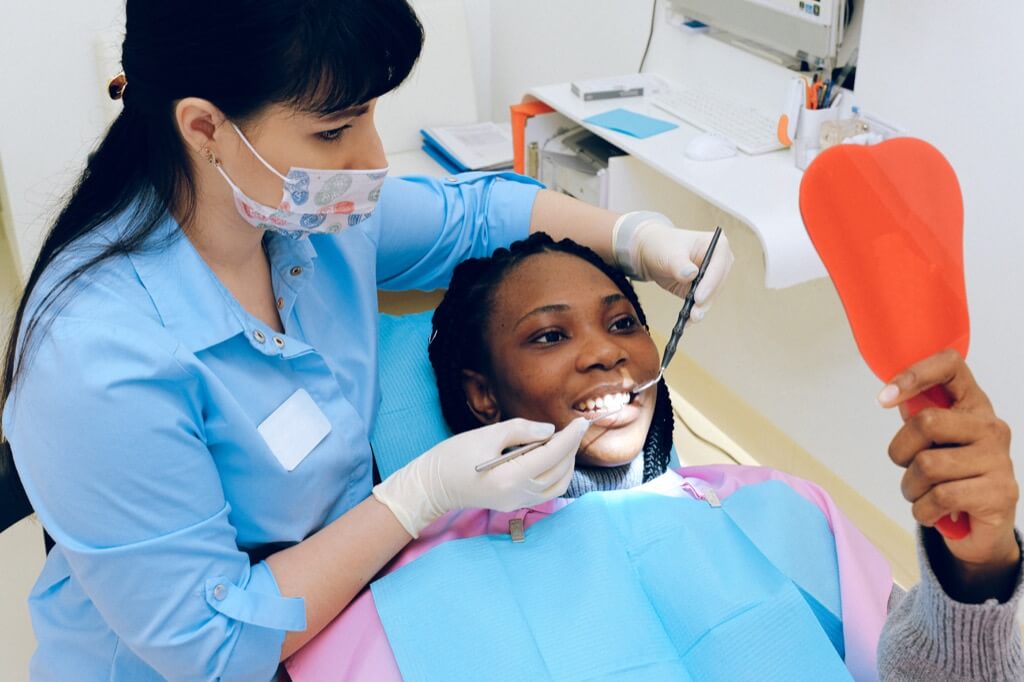Oral health took center stage in 2012, with a strong emphasis on brushing after meals, regular dental visits, and early intervention. This, however, wasn’t always our reality. Dentistry’s evolution, while significant, sometimes stands overshadowed by other scientific advancements.
The ancient Indus Valley Civilization, tracing back to nearly 7000 B.C., provides some of the earliest indications of dental treatments. They wielded bow drills, simple tools primarily meant for woodworking, as an innovative approach to combat dental troubles.
Fast forward to 5000 B.C.E., and we enter a world where the Sumerians believed in the myth of the ‘tooth worms.’ These imagined creatures were thought to burrow into teeth, causing decay and pain. Surprisingly, some early dental practitioners, in a bid to remove these ‘worms’, ended up extracting nerves from teeth—a procedure that must have been excruciating. This peculiar belief persisted until the late 1700s when reason finally prevailed.
Classical thinkers like Hippocrates and Aristotle were no strangers to dental woes. They wrote about the importance of removing decayed teeth to prevent further complications. In the Middle Ages, tooth extraction, intriguingly, became the domain of barbers. Armed with “Dental Pelicans” and “Dental Keys” in the 14th century—early versions of today’s forceps—these barber surgeons took on the role of makeshift dentists, primarily focusing on yanking out troublesome teeth.
The period between 1650 and 1800 witnessed revolutionary strides in dentistry. Credit goes to the French physician, Pierre Fauchard, aptly titled “The Father of Modern Dentistry.” Fauchard’s work laid the foundation for many modern dental practices, including the realization of sugar’s acidic role in causing tooth decay.
History progressed swiftly, and in 1840, the Baltimore College of Dental Surgery was established, ushering in a more structured era for dental education. This further prompted governmental oversight, eventually leading to the establishment of the ADA to regulate dental practices.
The late 19th century saw more familiar developments: Colgate introduced its inaugural toothpaste in 1873, while by 1885, H.N. Wadsworth began mass-producing toothbrushes in the U.S. Interestingly, the first mass-produced electric toothbrush surfaced in Switzerland in 1939.
Post World War II, the American soldiers, exposed to better hygiene standards abroad, played a pivotal role in making dental care commonplace in the U.S. Presently, for many Americans, dental care isn’t just about health; it’s an aesthetic pursuit.
Civil War Dental Drama
Did you know during the Civil War, Southern dentists marched to a different beat? In 1869, Atlanta’s finest tooth wizards parted ways with the ADA to join the SDA. But like any good drama, they reconciled in 1922, and the National Dental Association became the American Dental Association once again.
Ancient Dental Floss Mystery
Guess what? Researchers (yes, they specialize in teeth mysteries) found grooves in ancient teeth that look shockingly similar to what your dental floss and toothpicks would leave behind. Makes you wonder if cavemen had their version of a dental routine, doesn’t it?
Paul Revere: Midnight Rider & Tooth Expert
While you might praise Paul Revere for his midnight ride, did you know he moonlighted as a dental enthusiast? Yep, he studied dentistry with John Baker, the first dentist in the U.S. So, next time you think of Revere, imagine him wielding a toothbrush instead of a lantern.
Chinese Chew Stick Trend
Before your fancy toothbrushes, the ancient Chinese were trendsetters with “Chew Sticks.” Imagine brushing your teeth with pig neck bristles or wooden scraps. That was their morning routine. Would you swap your brush for a stylish chew stick?
The Evolution of Braces
Have you seen those transparent Invisalign braces? They made their grand debut in 2000. But way before that, in the late 1800s, Edward H. Angle was busy classifying crowded teeth. Thanks to him, by 1901, we had the first orthodontic school. Makes you appreciate your braces, doesn’t it?
The Truth About George Washington’s Teeth
You might’ve heard George Washington had wooden teeth. But surprise, surprise! His chompers included gold, ivory, and actual human and animal teeth. Yes, horses and donkeys donated to the cause. So, the next time you smile, be grateful you’re not flashing a horse’s tooth!
The Unexpected Dental Anesthetic
In 1905, Novocain was meant to be the superhero anesthetic for soldiers. But the battlefield wasn’t its destiny; the dentist’s chair was. Imagine, what was meant for war wounds now ensures your fillings are pain-free.
Meet Hesi-Re: The Original Tooth Saver
Travel back to 3000 BC, and you’d meet Hesi-Re, hailed as history’s first professional dentist. His tombstone boasts, “the greatest of those who deal with teeth.” Would you trust him with your next dental appointment?
Roman’s Eccentric Toothache Cure
If you lived in 15 A.D. and had a toothache, Archigenes, a Roman doctor, would offer you an earthworm-spider-spikenard ointment. After drilling a small hole in your tooth, in goes the blend! Here’s hoping you never need such an eccentric cure!




